Aglaia Konrad
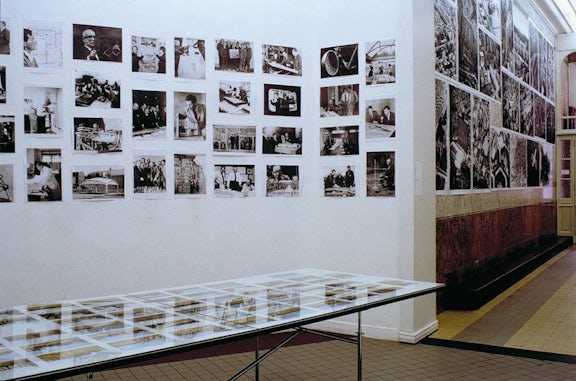
Elasticity (YOU ARE HERE)
In her photographic and filmic works, Aglaia Konrad operates with the standard of the documentary, that is, the indexical trace of the real in a technically reproduced image. At the same time, she unsettles the framing of a technical image generator, by establishing a specific outlook on the apparatus and its user. Every photograph is encoded with this double attitude: it brings into plain view a momentary, presupposed real that continues to exist beyond the image, while incorporating hermetic and accidental components. The space in the photograph is always informed in both a logical-technical and subjective-artificial manner.
The views of urban zones that Konrad "constructs," often in abstract and monochromatic form, seem tautological spaces of photography as a "pencil of nature": they are linearly structured, whether through the stasis of architecture, the ornament of traffic infrastructure, or the temporal succession. They are complex spaces that do not reduce photography to narration, investigation or messages. Rather, one could argue, they govern spaces that are simultaneously "cut" from their context and confront the spectator with the authority, and thus the "magic," of a Bildraum.
As long as these thousands of photographs remain in Konrad's vast archive, they lack this "magic" authority. How is photographic space made visible? And how does it intervene in the actual, physical space of the exhibition room? Here, too, Konrad operates with and through a tautological folding: as the Bildraum attacks the Raumbild, itintervenes in the physical space and undercuts all awareness of scale—a wall becomes an image, the space "retreats," and another space enters into it. The gaze in the image, in the reality of an informed hypothesis (as documentary photography), and the clash with the same image as it is exhibited, compete with each other with utmost precision. Inside and outside, I (me) and Eye (gaze), turn into a visual choreography in, and on, space.
To me, the focus of Konrad's work has never been simply "urban space" or "social space," even if the motifs of her images can be categorized in these terms. Rather, her work addresses image economies, the import and export of structured worlds of spaces and spaces of the world whose meeting point, however, is always the space of art, or of the book. The space of art is an absolutely defined space, governed by the rigid logic to present art. In Konrad's work, art exists only if it relates to this coded space, if it disrupts, interrupts, stages or reflects it. It is only in her series of films, ‘Concrete & Samples’, that she proceeds otherwise, retracing archi-sculptures with physical but tender, if also necessarily distanced, camera movements. Konrad transfers physical space into temporal registrations, or non-conflictual Bildräume.Film draws or extends the viewer into a specific "film time," while a photograph remains a confrontation. No wonder that Konrad reserves film to architectural sculptures/sculptural architectures.
Text: Angelika Stepken


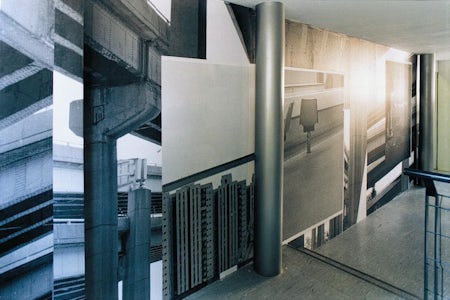
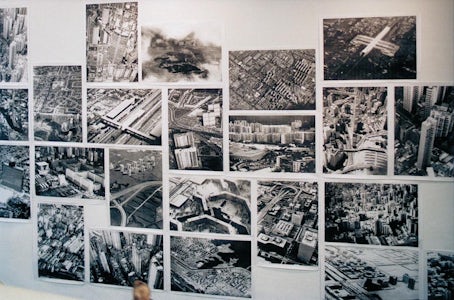
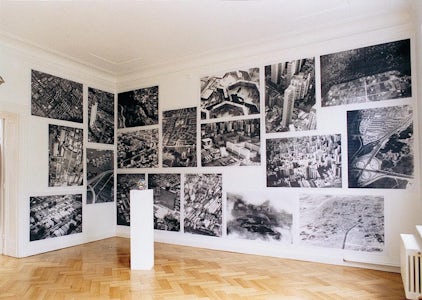
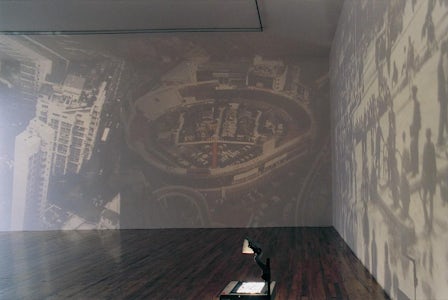
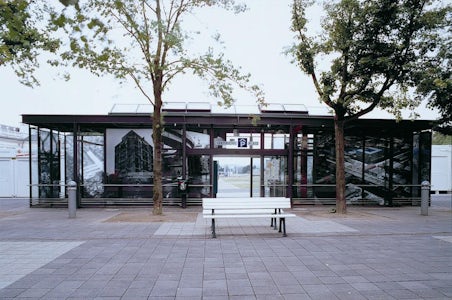
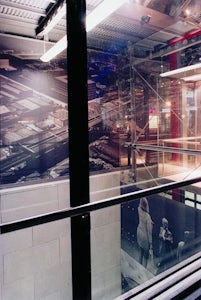

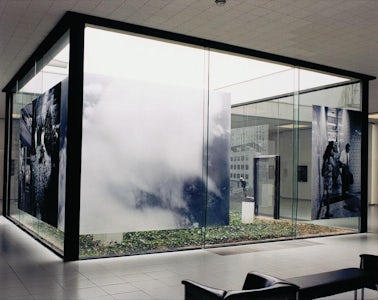

Groepstentoonstellingen (selectie)
Residenties (selectie)
Vertoningen (selectie)
Beurzen (selectie)
Ontdek Aglaia Konrad ook onder:
Kunstenaars
Een gecureerd overzicht van kunstenaars in Vlaanderen.
Kunstenpunt
Steunpunt voor beeldende kunsten, podiumkunsten en klassieke muziek.

